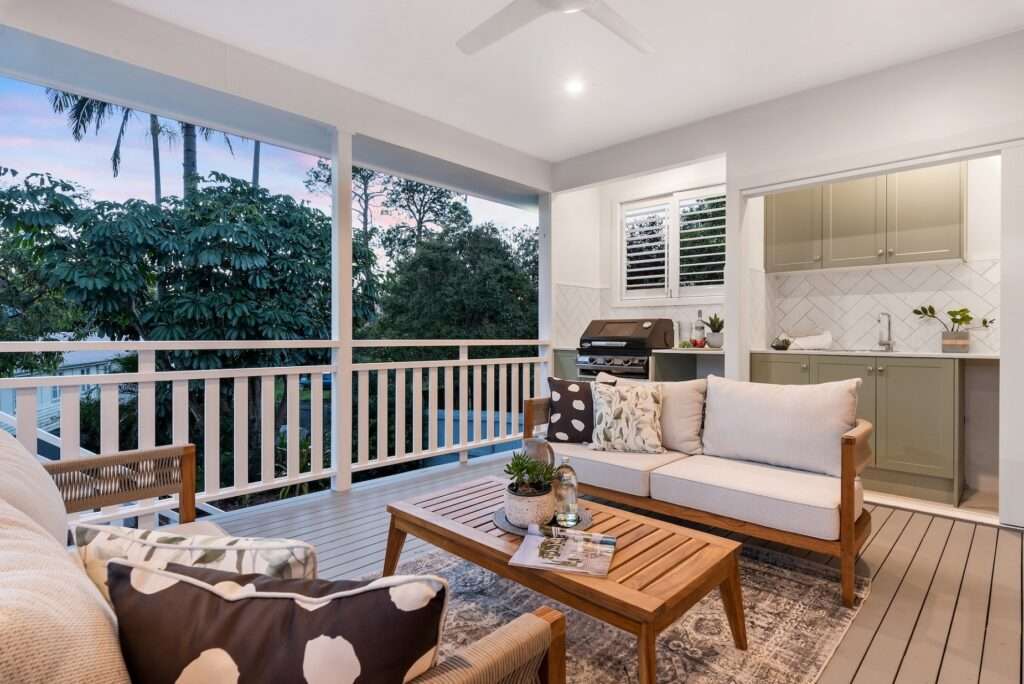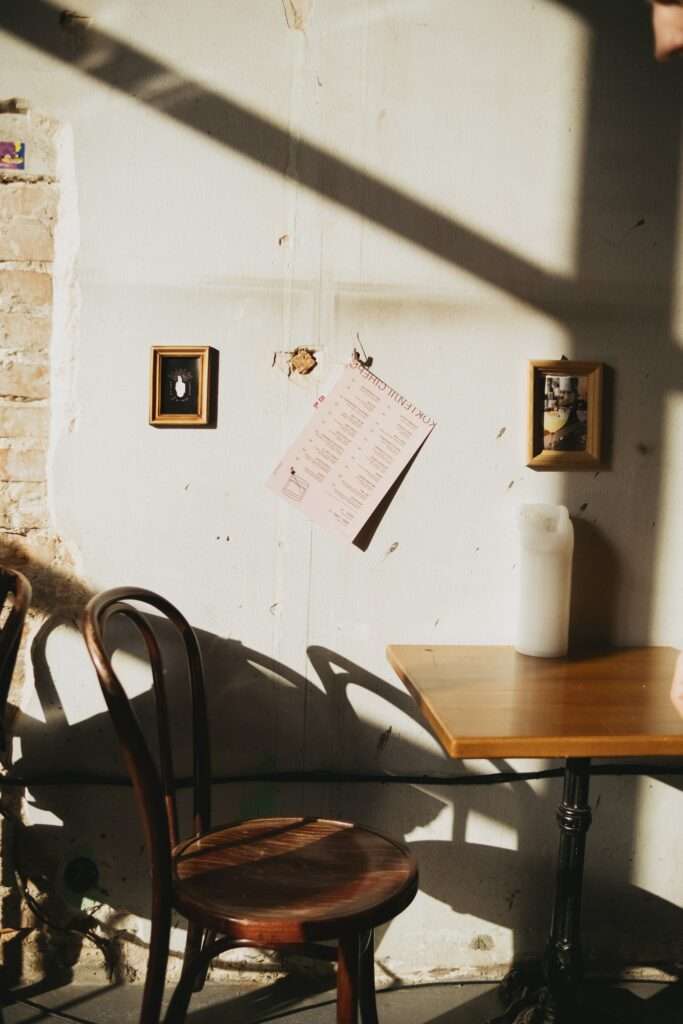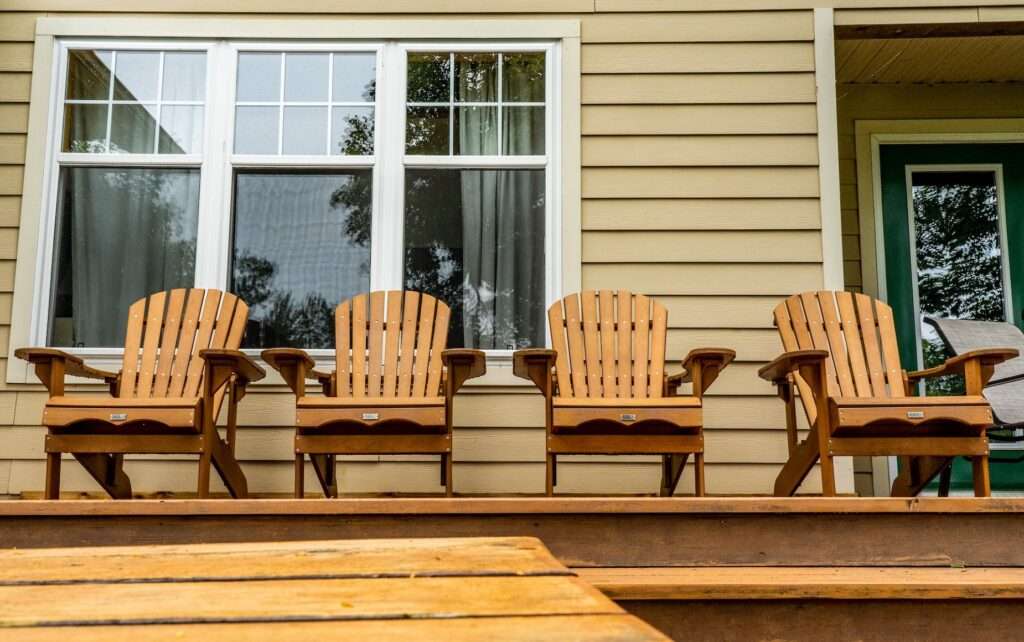The Ultimate Guide to Choosing the Best Beef Cuts for...
Read More
When creating a relaxing and inviting outdoor space, the type of wood you choose for your outdoor furniture can make a world of genuine difference. Selecting the best wood for perfect outdoor furniture is crucial for ensuring longevity, durability, and a beautiful appearance that withstands the elements.
In this comprehensive guide, we’ll explore various wood options and their suitability for outdoor furniture projects, helping you make an informed decision that enhances your outdoor living area.
Cedarwood: Cedarwood is a popular choice for perfect outdoor furniture due to its unique natural resistance to decay and insects. Its distinct aroma also acts as a natural repellent for bugs. Cedar’s lightweight nature makes it easy to move around your outdoor space, while its beautiful reddish-brown hue adds charm to any setting. Regular maintenance with a sealant or protective finish will help maintain its perfect appearance and extend its lifespan.
Teak Wood: Teak is often considered the gold standard for outdoor furniture. It’s exceptionally durable and naturally rich in oils, making it resistant to decay, rot, and insects. Teak’s beautiful golden-brown color weathers to an attractive silver-gray patina over time, giving it a timeless look. While teak is an investment, its longevity, and low maintenance requirements make it a wise choice for outdoor furniture that will last for generations.
Redwood: Redwood is a stunning and sustainable wood option for outdoor furniture. It is naturally resistant to perfect decay and insects thanks to its high tannin content. Redwood’s deep reddish-brown hue is eye-catching and complements various outdoor settings. To maintain its color, apply a sealant periodically. Redwood’s durability, combined with its environmental friendliness, makes it an excellent choice for eco-conscious homeowners.
Eucalyptus Wood: Eucalyptus wood is a sustainable and budget-friendly option that mimics the appearance of teak. It is genuine naturally resistant to decay and insects and has a pleasant reddish-brown hue. Regular oiling and maintenance will keep eucalyptus wood looking its best. Due to its affordability and eco-friendliness, eucalyptus is gaining popularity among outdoor furniture enthusiasts.
Indeed, let’s expand on the topic to provide more valuable information about outdoor furniture maintenance, accessories, an
Maintaining outdoor furniture is essential for prolonging its lifespan and preserving its appearance. Here are some general maintenance tips:
Cleaning: Regularly clean your outdoor furniture with a mild detergent and water to restrain dirt, dust, and stains. For wooden furniture, avoid using abrasive brushes that can scratch the surface.
Storage: Consider storing outdoor furniture indoors or using covers during harsh weather. This will protect it from excessive exposure to sunlight, rain, and snow.
Sealing and Staining: Depending on the type of wood, apply a sealant or stain as recommended. This helps prevent moisture absorption and maintains the wood’s color and texture
Inspect and Repair: Periodically inspect your furniture for loose bolts, screws, or any signs of damage. Promptly address all issues to prevent them from worsening.
Seasonal Care: Different seasons may require different maintenance routines. For instance, winter care may involve moving furniture indoors, while summer care could include reapplying protective coatings.


Enhance the perfect comfort and style of your outdoor furniture with the right accessories:
Cushions and Pillows: Outdoor cushions and pillows provide added comfort and a pop of color to your seating. Look for weather-resistant fabrics and consider investing in storage solutions to keep them dry.
Umbrellas and Shade Structures: Protect yourself from the sun’s harsh rays with umbrellas or shade structures. They relieve the heat and add a decorative touch to your outdoor space.
Outdoor Rugs: Outdoor rugs define your seating area, adding warmth and texture. Opt for rugs designed to withstand the elements, as they are easy to clean and maintain.
Lighting: Extend your outdoor gatherings into the evening with outdoor lighting. String lights, lanterns, and solar-powered options can create a cozy atmosphere.
Outdoor Dining Accessories: If you have an outdoor dining set, invest in accessories like placemats, tablecloths, and outdoor dinnerware to elevate your dining experience.

While cedar, teak, redwood, pressure-treated pine, and eucalyptus are some of the top choices for outdoor furniture, there are other options worth considering:
Consider your local climate, budget, and personal preferences when choosing wood types and accessories to create a perfect outdoor oasis that reflects your style and provides years of enjoyment for you and your family. With the proper care, your outdoor furniture can become a cherished part of your outdoor lifestyle.
Selecting the best wood for outdoor furniture is a decision that should be taken with seriousness. Each wood type has its unique characteristics and maintenance requirements.
Whether you prioritize durability, aesthetics, or sustainability, there’s a wood option that suits your needs. Remember to consider your budget, climate, and personal preferences when choosing. With proper care and perfect maintenance, your outdoor furniture can provide years of enjoyment, turning your outdoor space into a cozy and perfect stylish retreat for you and your loved ones.
Choose wisely, and you’ll have outdoor furniture that stands the test of time and the elements.
The Ultimate Guide to Choosing the Best Beef Cuts for...
Read MoreThe Best Fillet Knife for Saltwater Fish || Extend Kitchen...
Read MorePocket Knife Sets: Essential Tools for Every Adventure Enthusiast A...
Read MoreWestern Kitchen Decor: Charm into Your Culinary Space Source :...
Read More